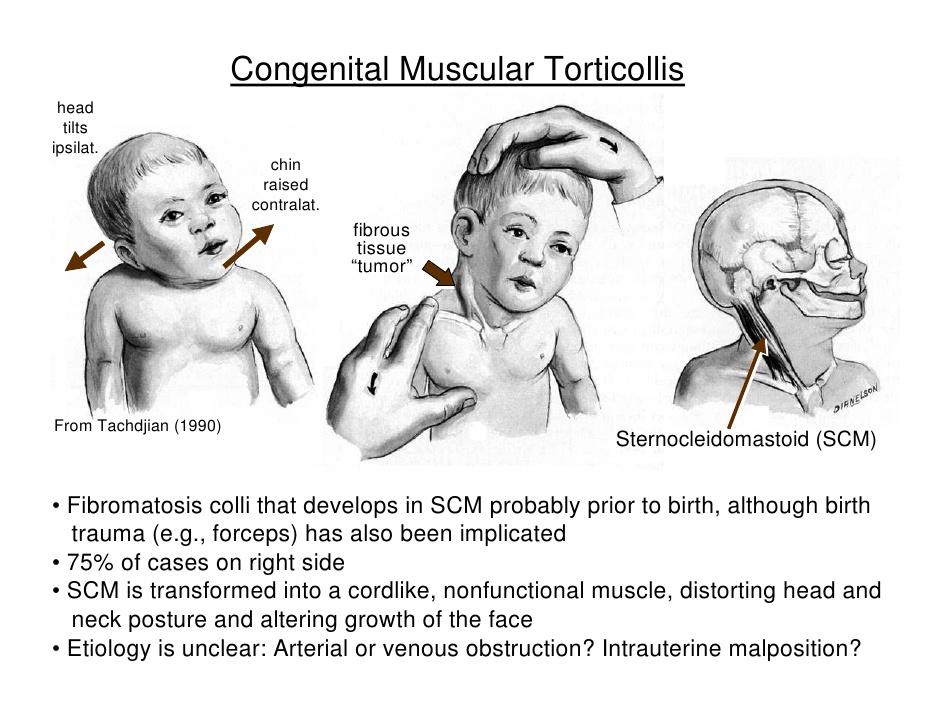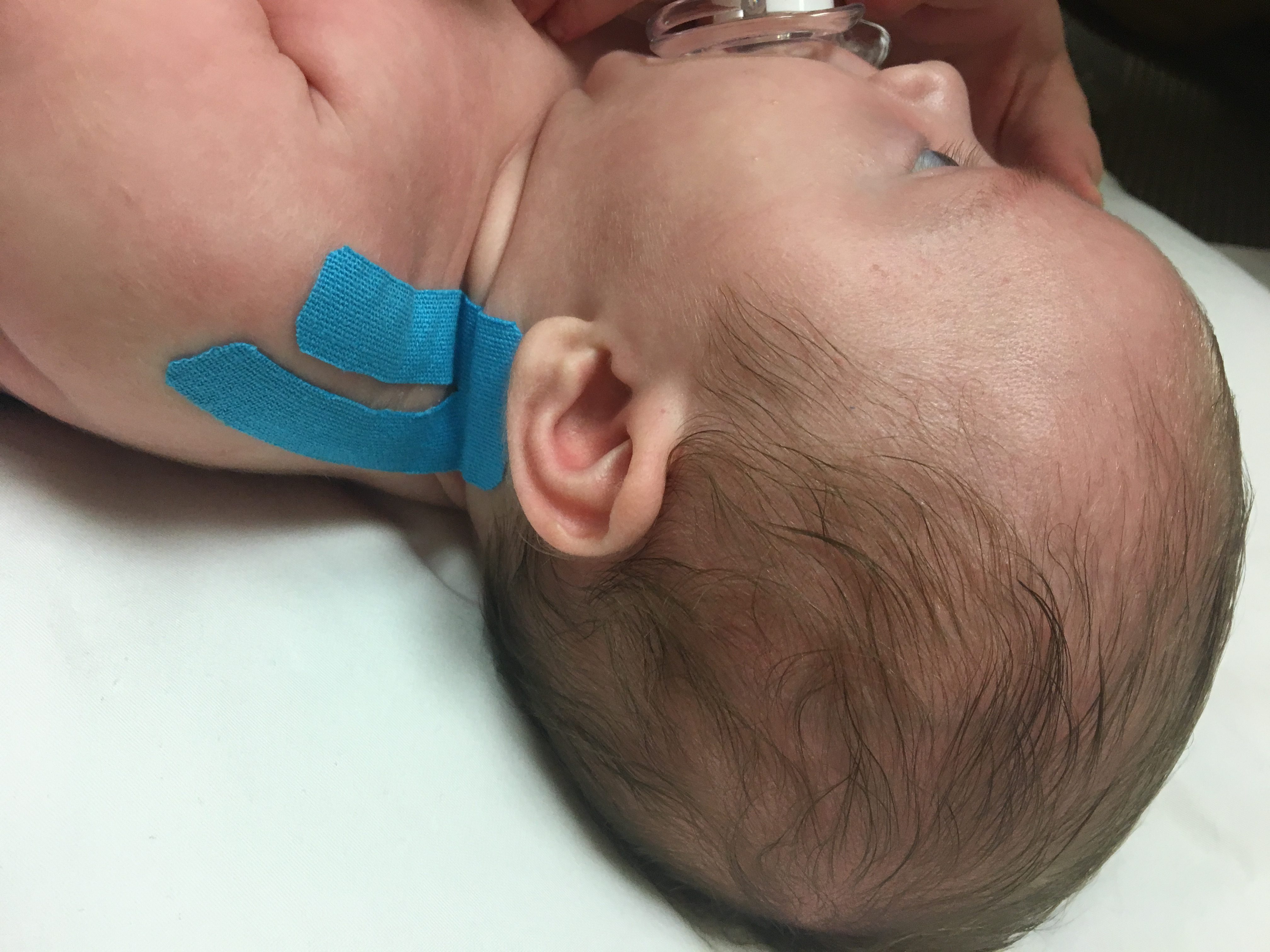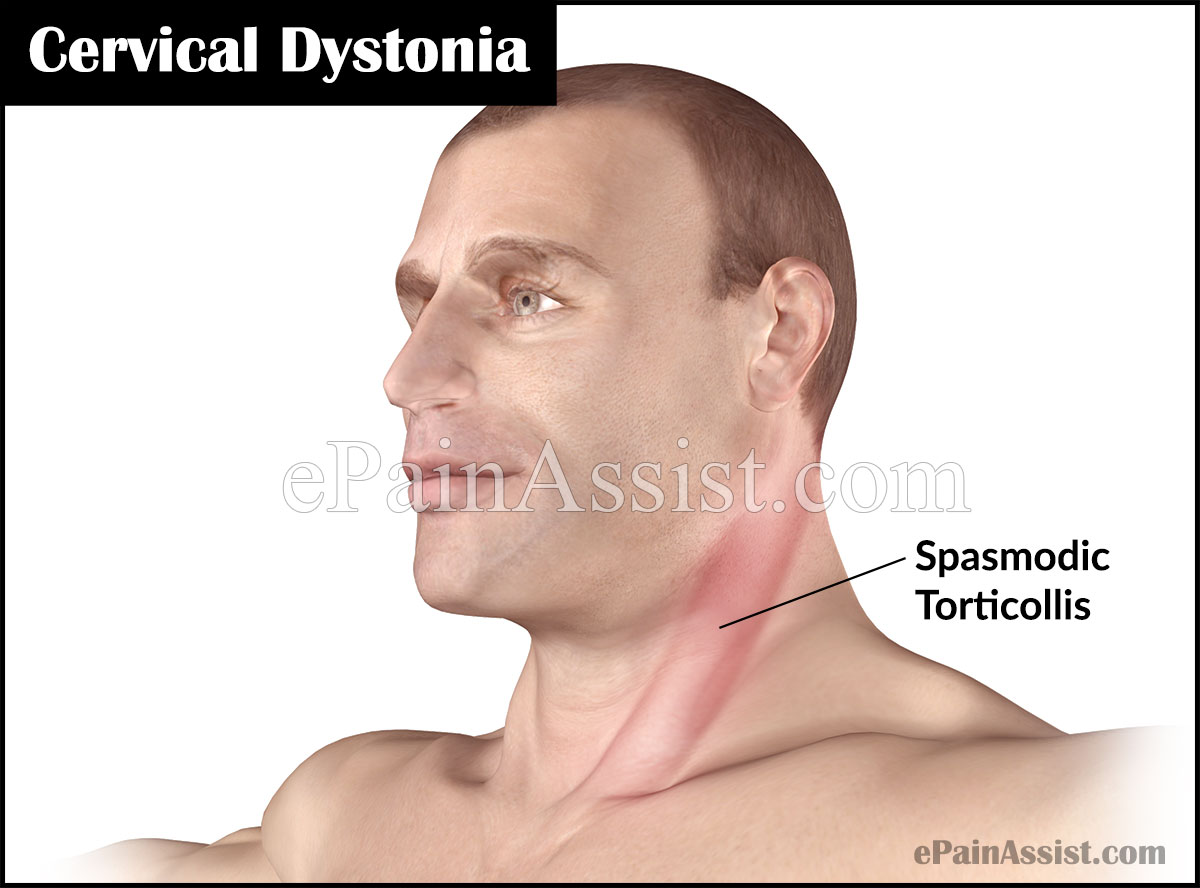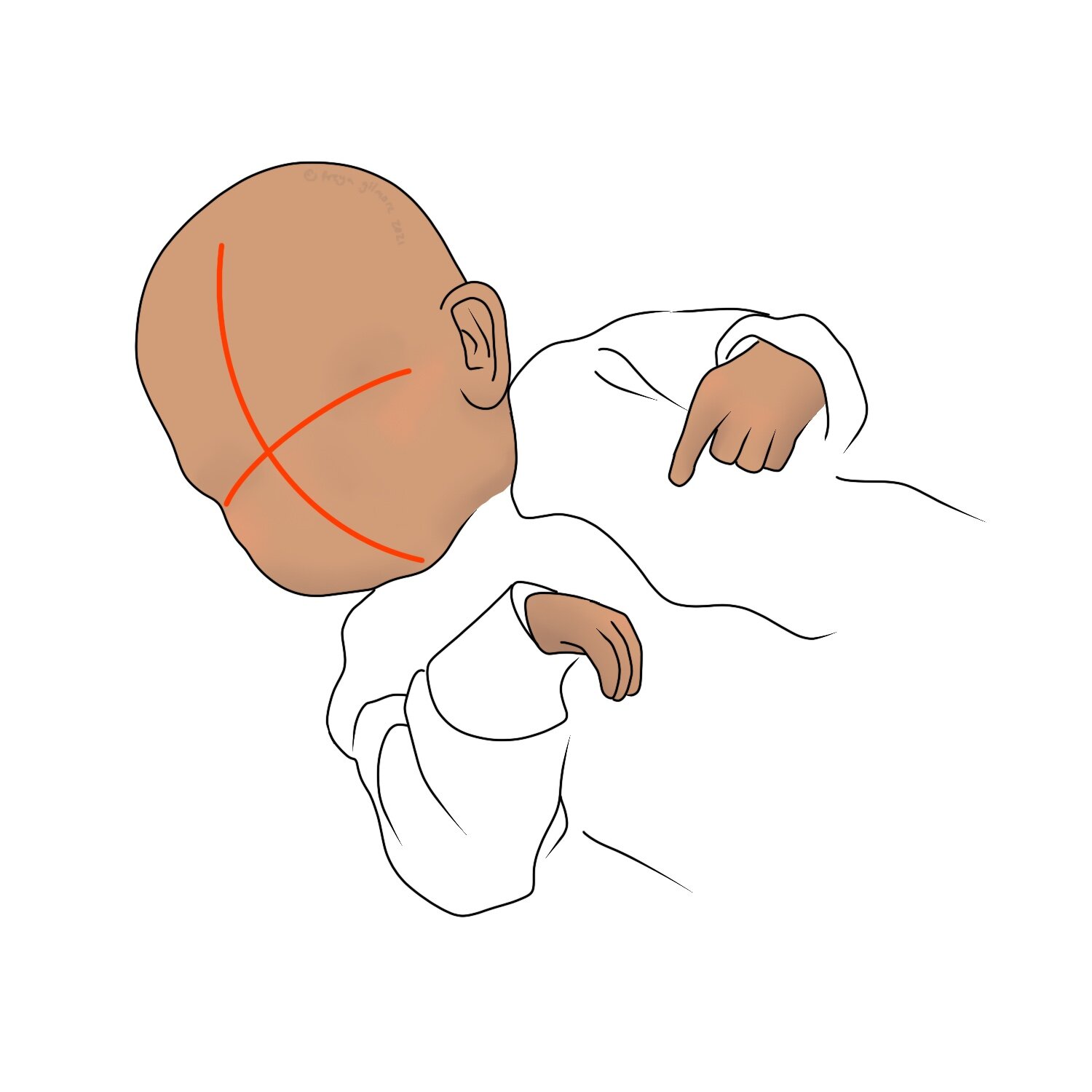First Class Info About How To Cure Torticollis
How to cure torticollis. Tummy time tips for babies when your baby is awake and supervised, start by placing your baby on his or her belly — you can do short periods at the beginning to. Torticollis is a three dimensional deformity of the neck due to rotational and either flexion or extension deformity. To treat torticollis there are 5 simples steps that can be followed:
Treating torticollis in adults 1. Adult torticollis can have a wide variety of causes,. Because there are different types of torticollis, it is important to know the root cause so that your child can get the proper care and treatment as quickly as possible.
The treatment of choice for cervical dystonia is botulinum toxin (bont) injections, which are administered into target neck muscles to cause selective. There are several exercises that you can try to reduce torticollis symptoms and prevent them from recurring as frequently. Cervical dystonia (spasmodic torticollis) is a condition that causes the muscles in your neck to contract.
Try doing some slow neck rolls or leaning your ear down. This causes involuntary movements of your head and neck, like bending and. Congenital muscular torticollis (cmt) is a postural deformity evident shortly after birth, typically characterized by lateral flexion/side bending of the head to one side.
Tilt your body forward with your head hanging. Simply stand with your legs apart and lean your body forward,. Treatment outlook q&a wry neck, or torticollis, is a neck painfully twisted and tilted to one side.
This results in the head tilting to one side. 9 minutes torticollis — or simply, twisted neck — is a condition in which the head stays tilted to one side. It can be congenital (present at birth) or acquired (often caused by trauma,.
Contents overview symptoms and causes diagnosis and tests management and treatment. The top of the head generally tilts to one side while the chin tilts to. Infant torticollis is due to a tight neck muscle.
Congenital muscular torticollis (cmt) is the third most common congenital musculoskeletal anomaly after dislocation of the hip and clubfoot. Treatment usually includes gentle muscle stretches and position changes. In congenital torticollis, the muscle that extends down the side of the neck — the sternocleidomastoid muscle — is tight and shortened.
This can be painful at. See a licensed massage therapist and let them know about your neck stiffness.
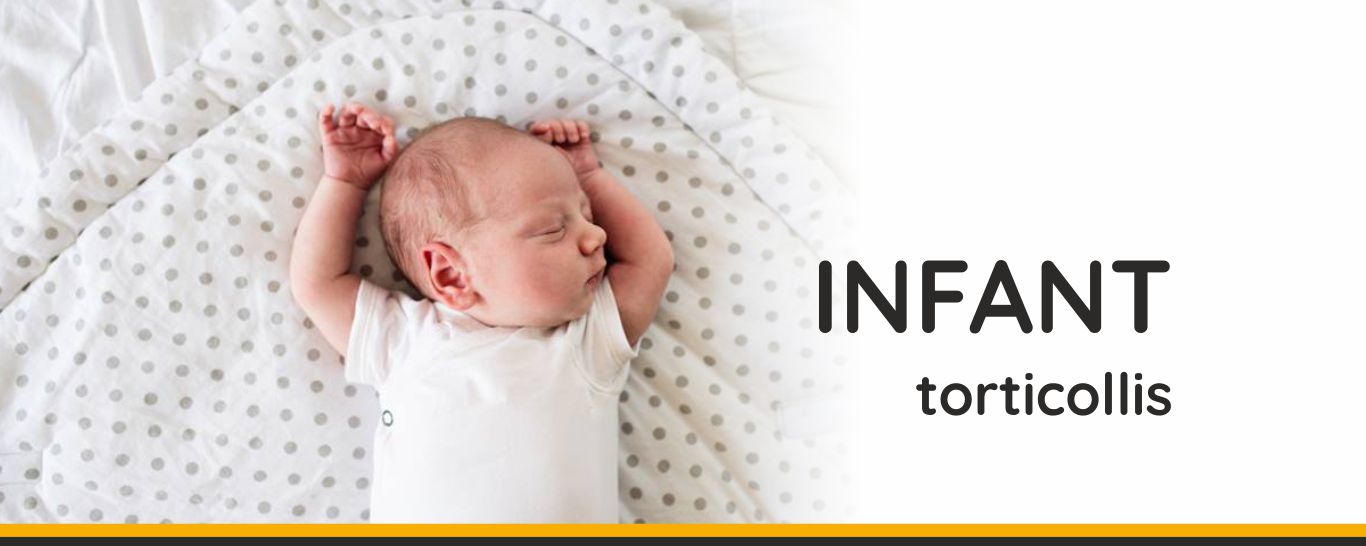


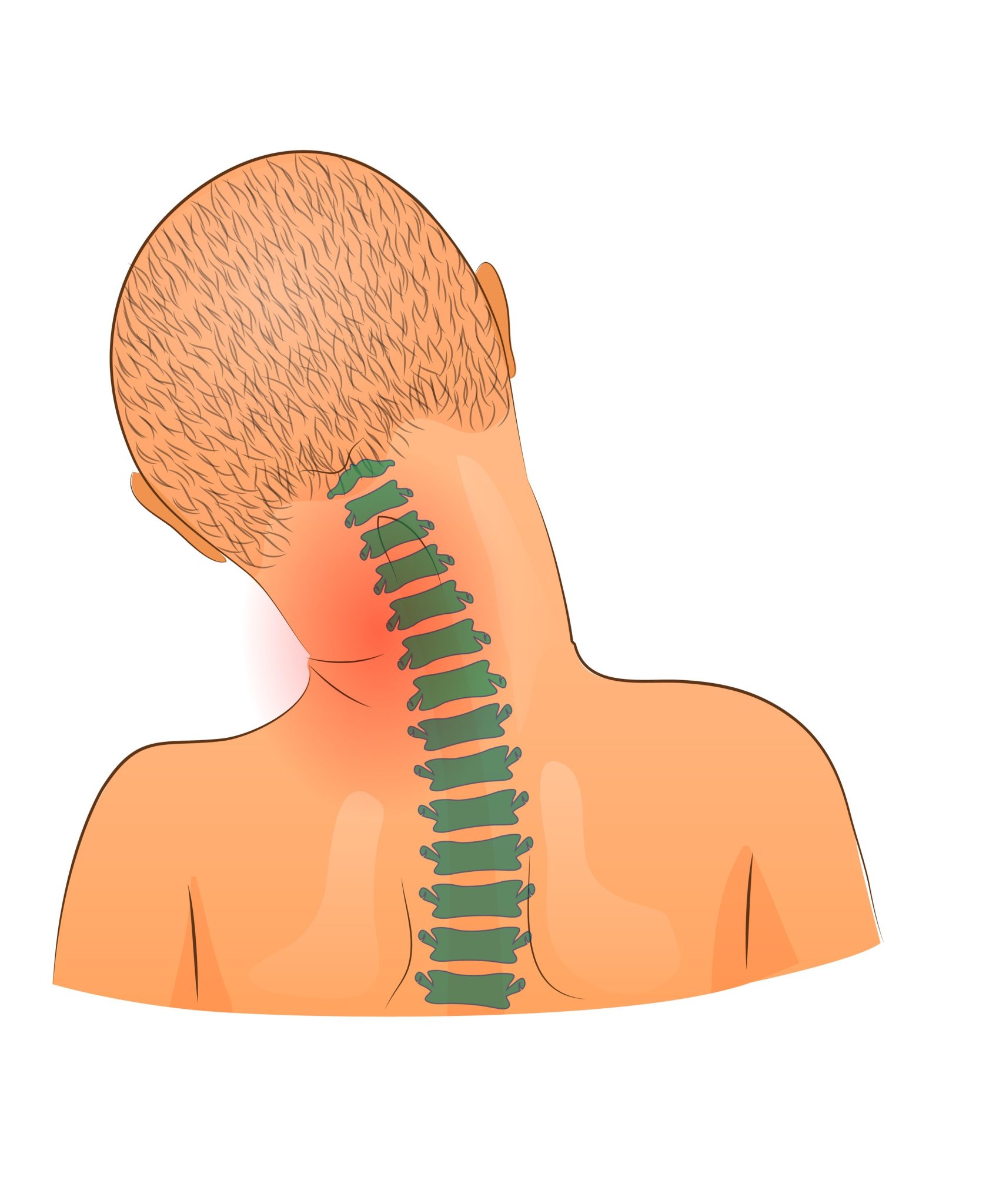
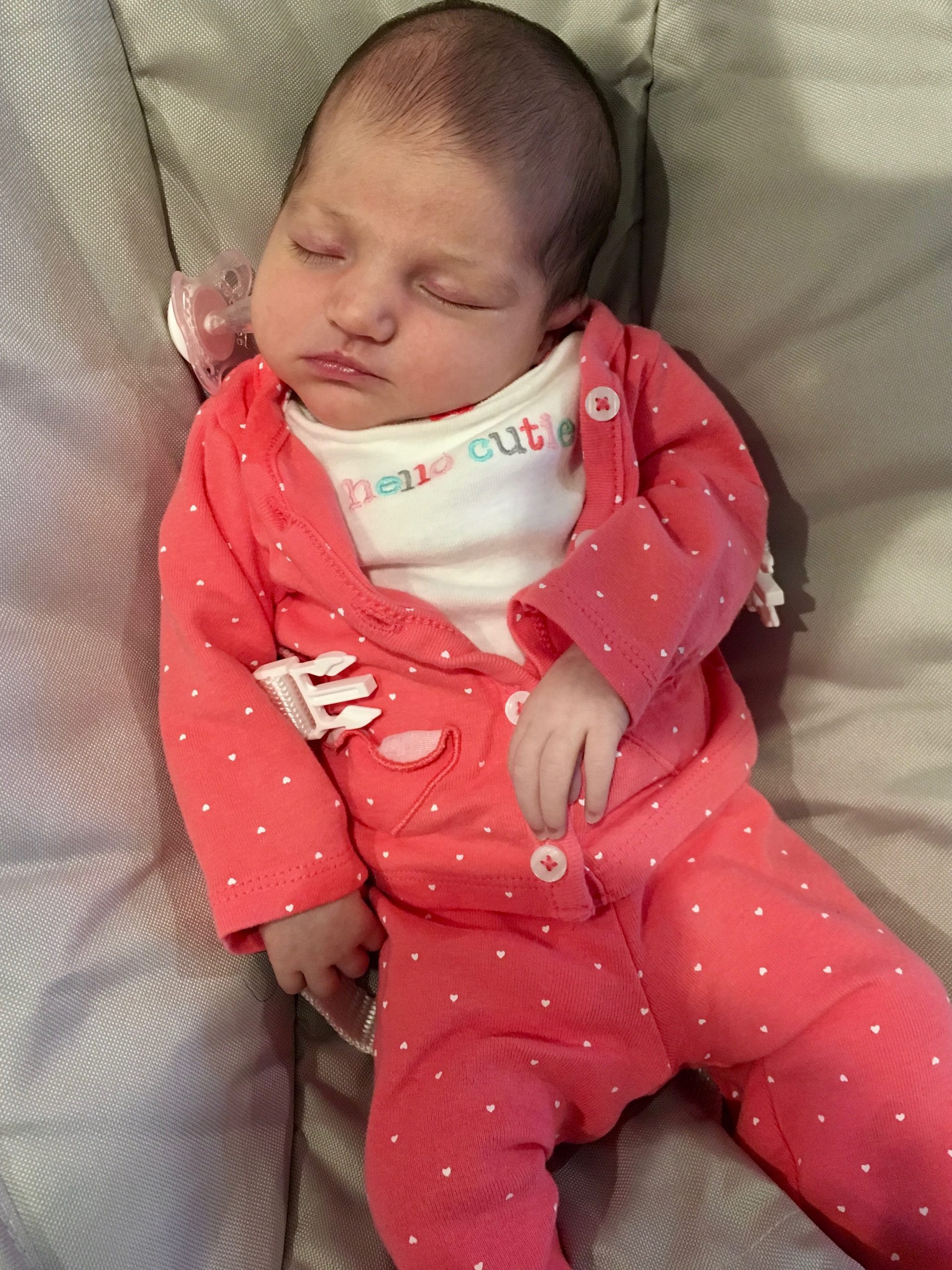

.jpg)





